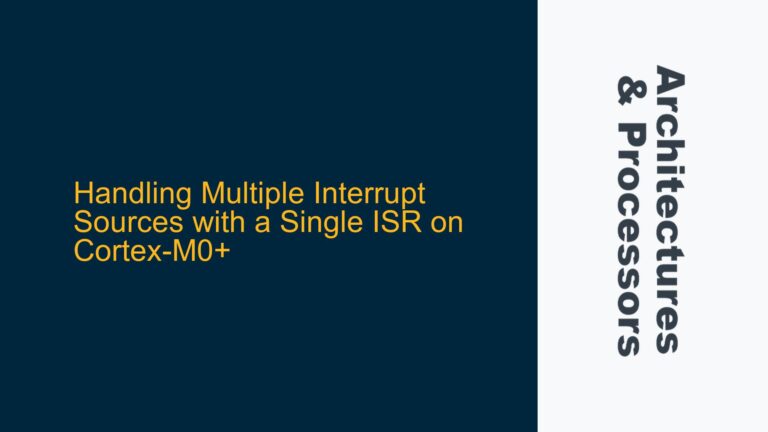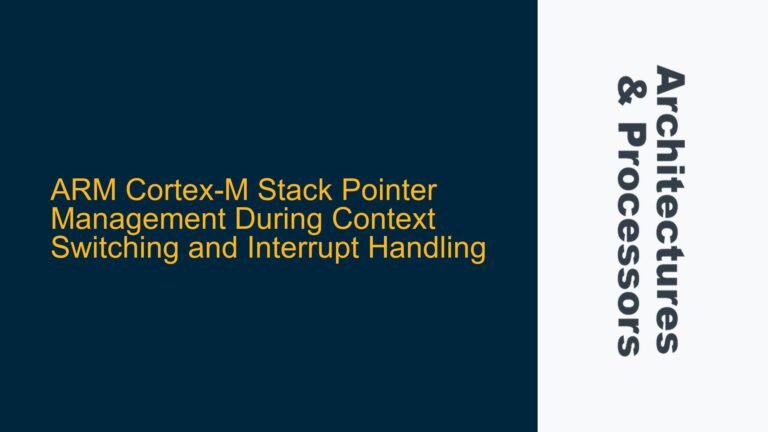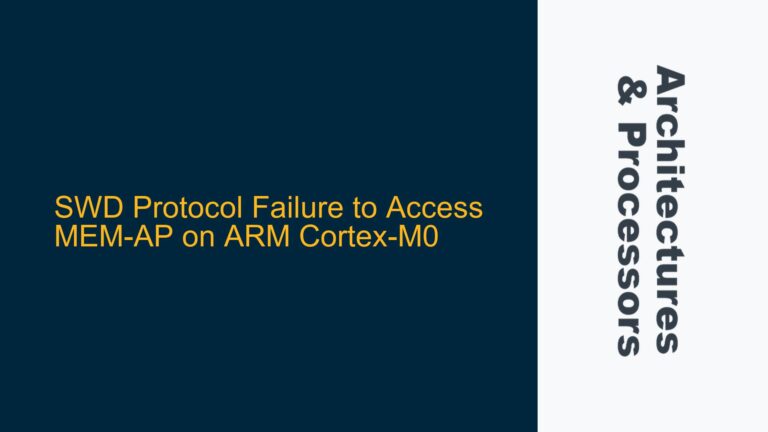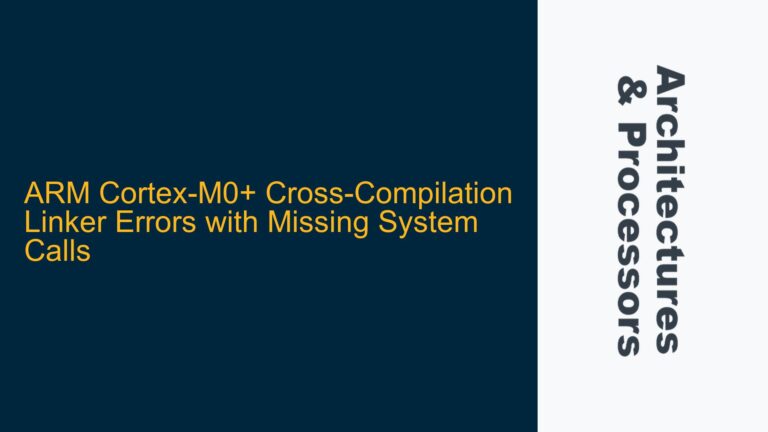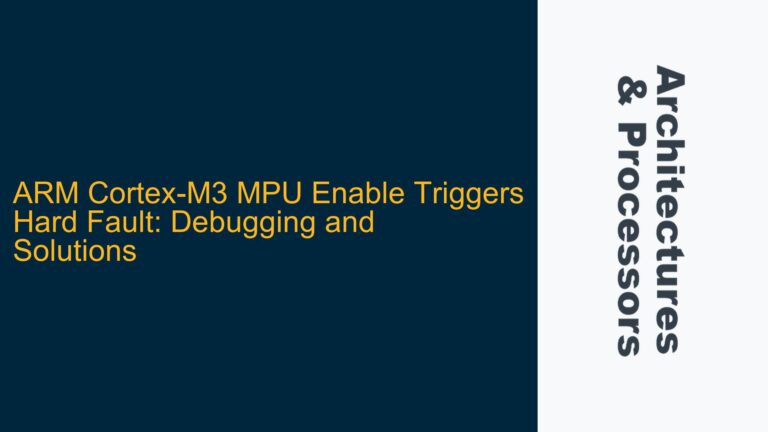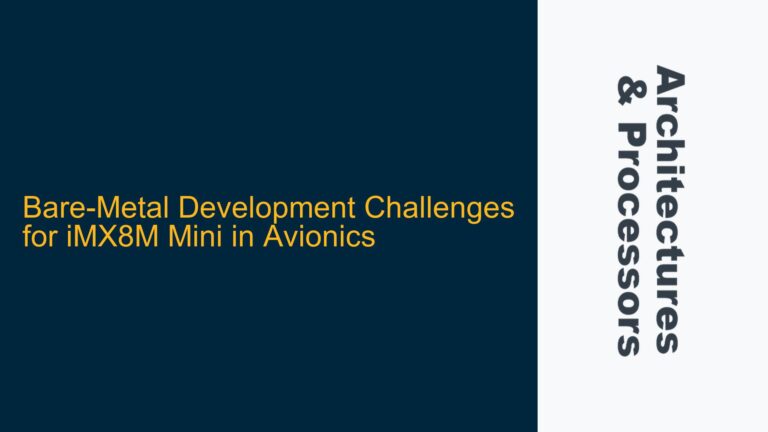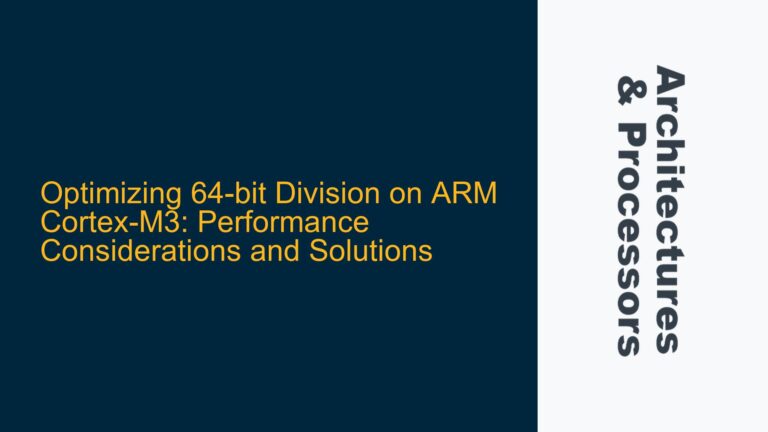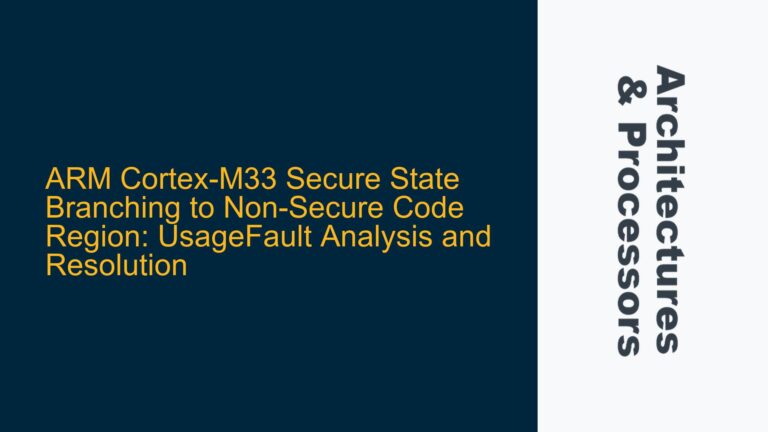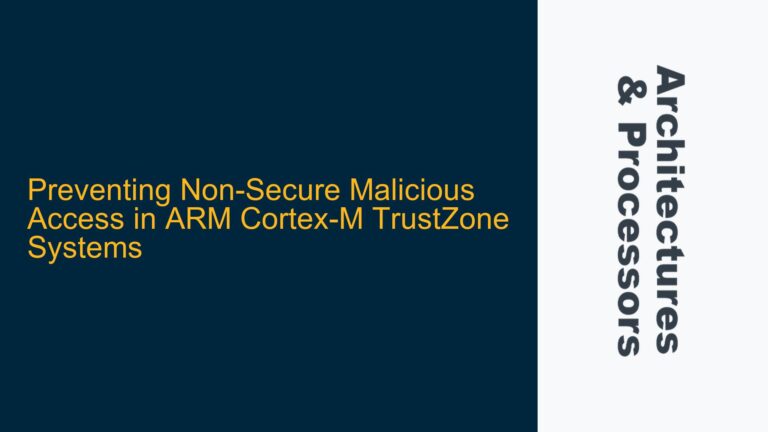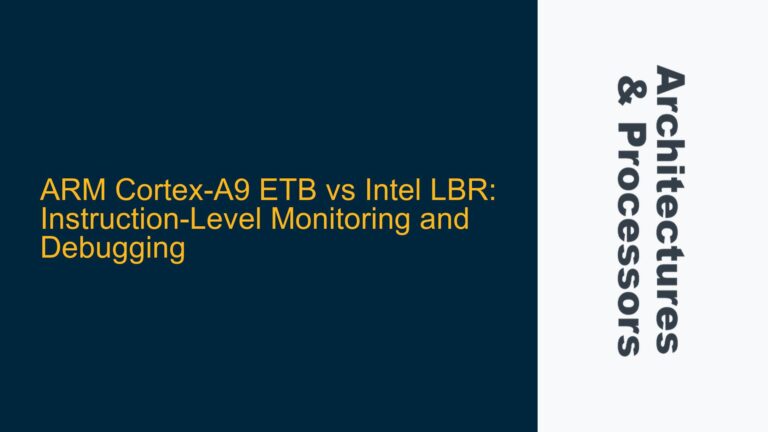Handling Multiple Interrupt Sources with a Single ISR on Cortex-M0+
Using __get_IPSR() to Identify Interrupt Sources in a Shared ISR The Cortex-M0+ microcontroller, like other ARM Cortex-M processors, supports a flexible interrupt handling mechanism that allows developers to use a single Interrupt Service Routine (ISR) for multiple interrupt sources. This approach is particularly useful when implementing an "OS-like" function that centralizes interrupt handling, performs privilege…
